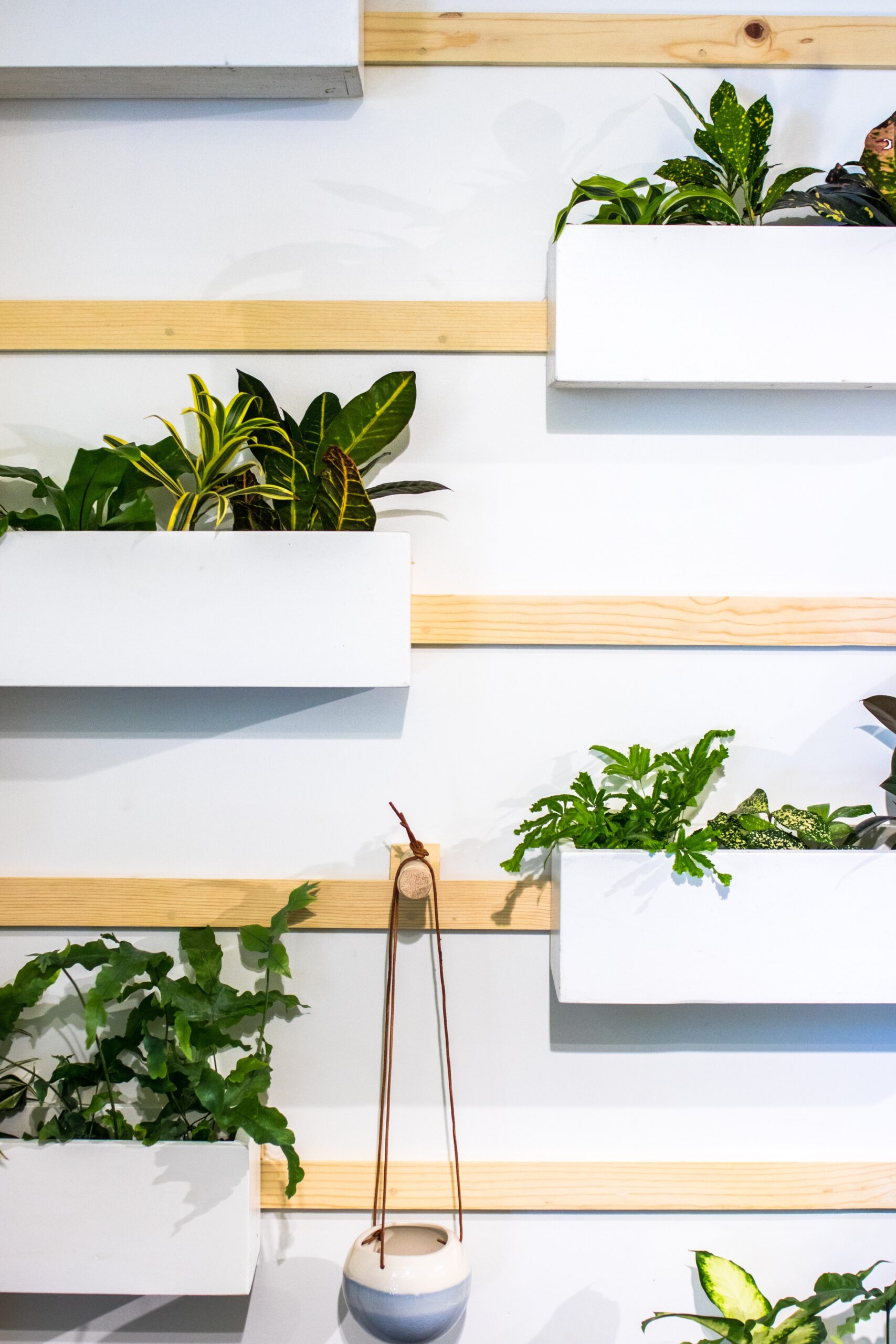The Concept of Biophilic Design
Biophilic design is an innovative approach to interior design that focuses on incorporating natural elements into indoor spaces. It recognizes the innate human connection to nature and aims to create environments that promote well-being and a sense of calm. By integrating elements such as plants, natural light, and organic materials, biophilic design can transform a living room into a nature-inspired sanctuary.
Bringing Nature Indoors
One of the key principles of biophilic design is to bring nature indoors. By incorporating living plants into your living room, you can create a sense of vitality and connection to the natural world. Choose a variety of plants with different shapes, sizes, and textures to add visual interest and create a lush environment. Place them strategically around the room, such as on shelves, tables, or hanging from the ceiling.
Natural Light and Views
Natural light is another essential element of biophilic design. Maximize the amount of natural light entering your living room by removing heavy curtains or blinds and opting for sheer or light-colored window treatments. If privacy is a concern, consider using frosted glass or translucent materials that still allow light to filter through. Position furniture to take advantage of natural light and create cozy reading nooks near windows.
In addition to natural light, incorporating views of nature can enhance the biophilic experience. If you have a garden or a scenic outdoor area, arrange your furniture to face the view. If you don’t have access to a picturesque view, consider using nature-inspired artwork or installing a living wall to bring the beauty of nature indoors.
Organic Materials and Textures
When selecting furniture and decor for your nature-inspired living room, opt for materials that have a natural and organic feel. Choose sustainable materials such as wood, bamboo, or rattan for furniture pieces. Incorporate natural textures like stone, jute, or wool in rugs, cushions, or throws to add depth and warmth to the space.
Embrace the imperfections and variations found in natural materials, as they add character and authenticity to the design. Look for furniture and decor items that are made from reclaimed or recycled materials to further enhance the eco-friendly aspect of biophilic design.
Color Palette and Patterns
The color palette of your living room can greatly influence the overall biophilic experience. Choose earthy tones, such as greens, browns, and blues, to mimic the colors found in nature. These colors have a soothing effect and can create a sense of tranquility.
Incorporating patterns inspired by nature can also enhance the biophilic design. Consider using floral prints, leaf motifs, or organic patterns in textiles, wallpapers, or artwork. These patterns can evoke a sense of connection to the natural world and create visual interest in the space.
Avoiding Overstimulation
While it’s important to incorporate natural elements into your living room, it’s equally important to avoid overstimulation. Keep the design simple and avoid clutter. Allow for open spaces and ensure that each element has room to breathe.
Consider incorporating natural scents, such as essential oils or scented candles, to further enhance the sensory experience. Choose scents that are reminiscent of nature, such as lavender, citrus, or pine, to create a calming atmosphere.
Conclusion
By embracing the principles of biophilic design, you can transform your living room into a nature-inspired sanctuary. Incorporating natural elements such as plants, natural light, organic materials, and nature-inspired colors and patterns can create a calming and rejuvenating space. Soothe your senses and reconnect with nature by bringing the outdoors indoors through biophilic design.
